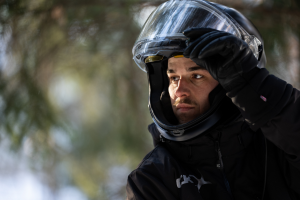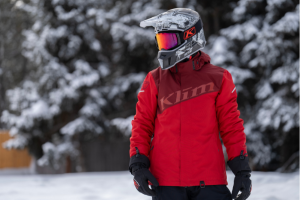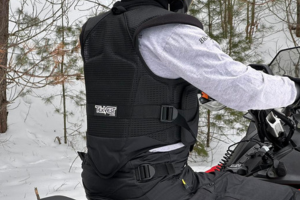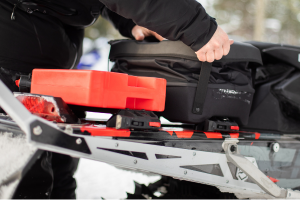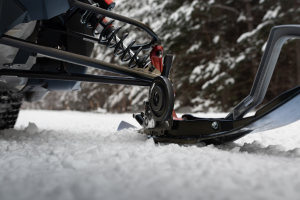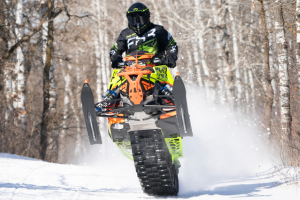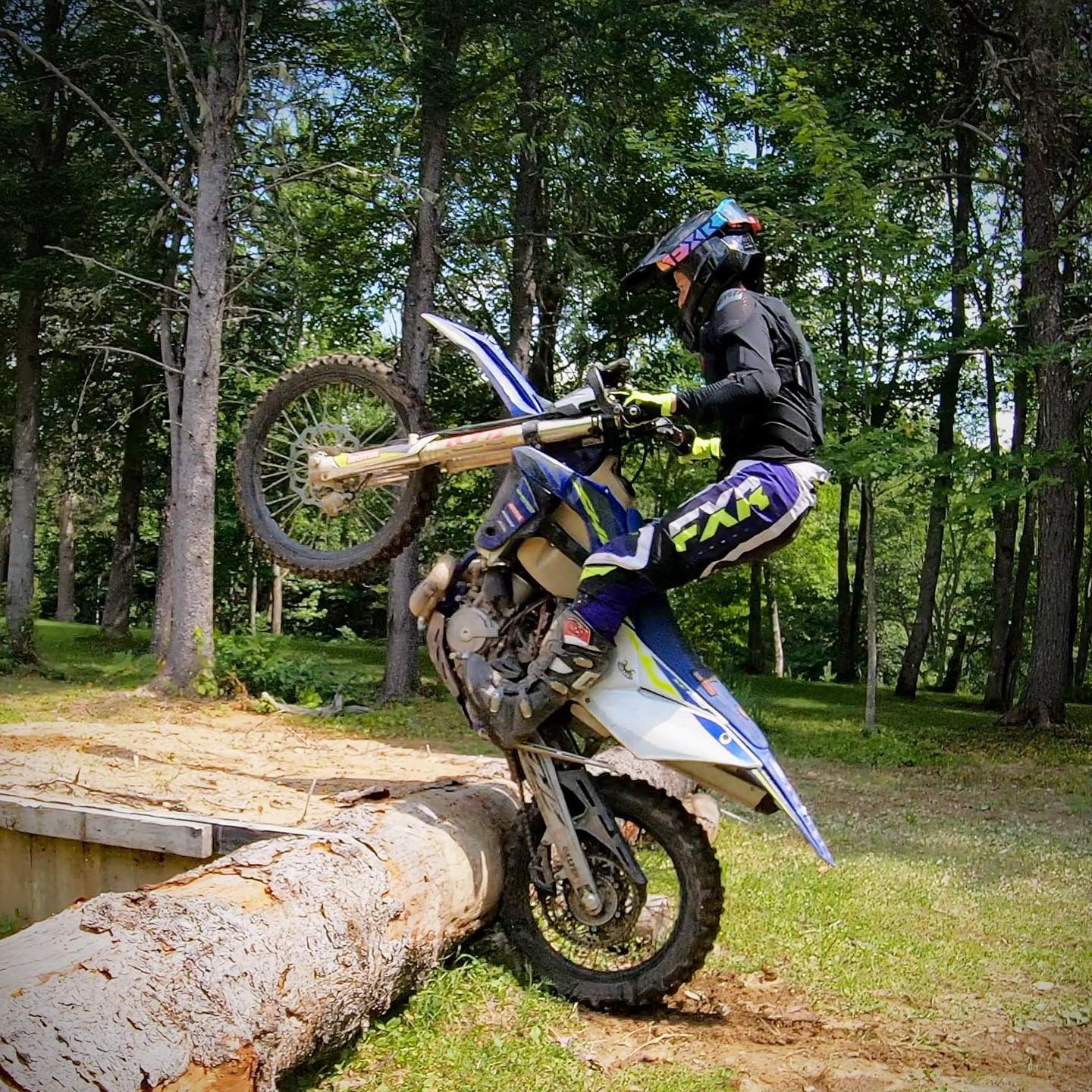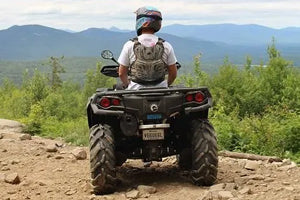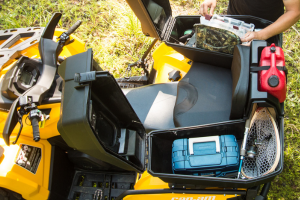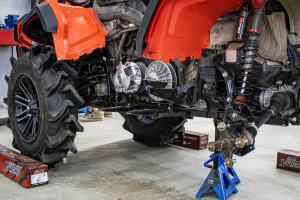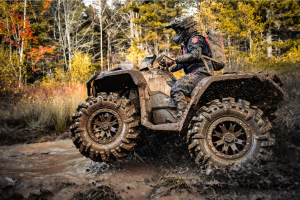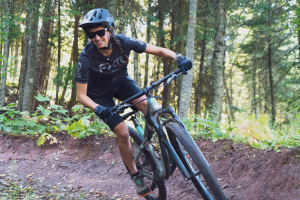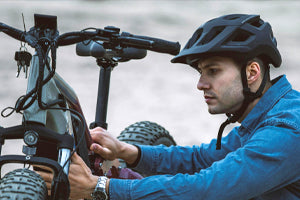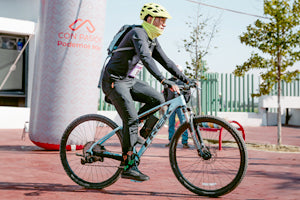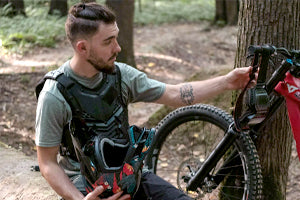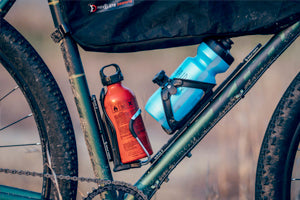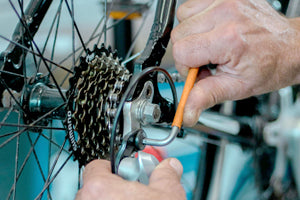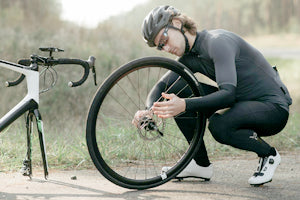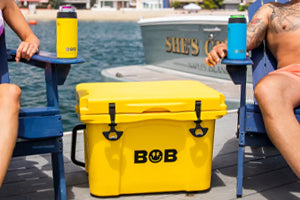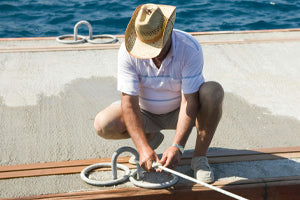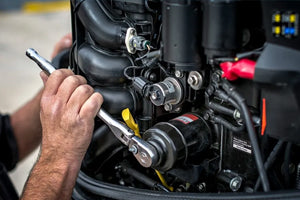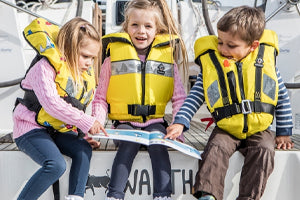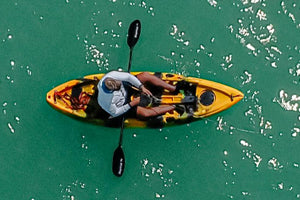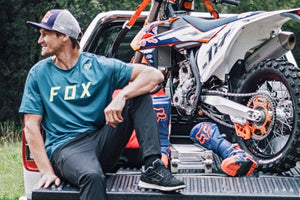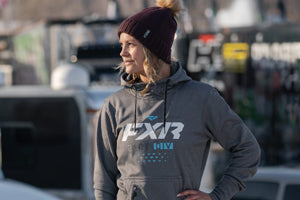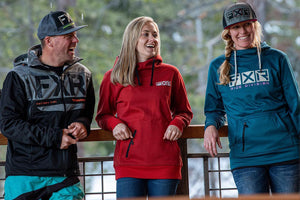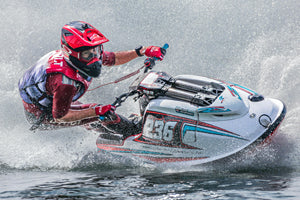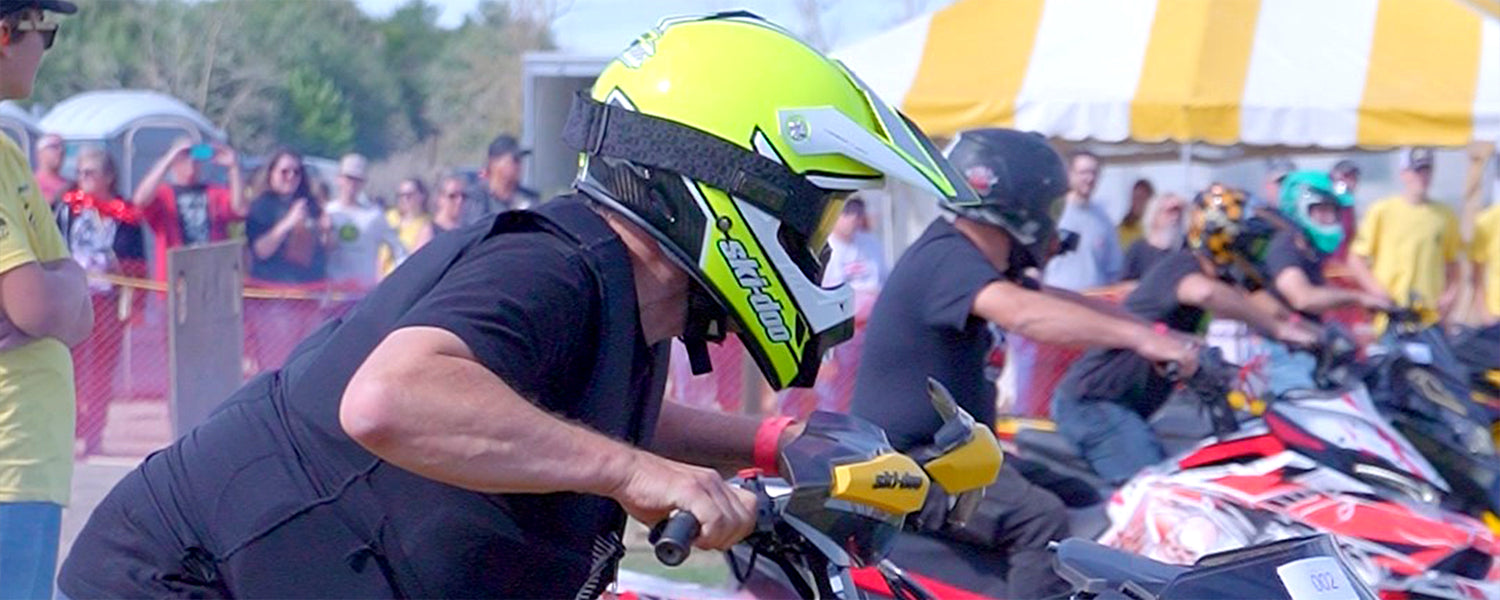The Big Conference
Every year in September the Ontario Federation of Snowmobile Clubs (OFSC) hosts their Annual General Meeting, this year the conference took place at Deerhurst Lodge in Muskoka, welcoming hundreds of club leaders, district presidents, and prominent volunteers to gather and discuss the state of snowmobiling in Ontario, and how the next year might pan out. Hosted by the emphatic CEO Ryan Eickmeyer, the conference acknowledged that the last couple years yielded a low snowfall but is optimistic for the 2025 winter season, predicting snow coverage suitable for everyone's favorite winter activity, zipping through the Ontario trails on a freshly tuned snowmobile. Ryan discussed the challenges the OFSC faces in keeping riders safe, informed, and most importantly, riding on as many trails as they can with an OFSC permit.

Landownership and Infrastructure
Constantly maintenancing trails to maintain relationships with landowners, requires volunteers and grooming teams to work on the ever changing landscape. As the ecosystem gradually becomes warmer, the trails experience higher levels of erosion and will shift slightly every year. As some areas begin to experience more rain than snowfall, tundras turn to wetlands and re-shape the path of the trails and disturbs existing infrastructure initiatives. Trail structures like fencing and bridges can eventually destabilize and create a false sense of security, as previously secure grounds becomes softer and more susceptible to movement over time. This also leads to an increase in accidents if these grounds are receiving consistent care, and higher accident rates results in fewer trails overall across the province. As a federation of riding clubs, volunteer groomers are the life blood of the OFSC, maintaining thousands of trails becomes an extremely complex moving target when magnified across Ontario. Southern cities are experiencing higher temperatures than the northern clubs so the GTA in particular, with a combination of a southern geography and it's proximity to the city's carbon off-gassing, is getting hit harder than ever, and the call for volunteers is more dire than it has ever been.
Trail Monitoring and Permits
GPS tracking and trail monitoring technologies have been vital to capture snapshots of the active trails. Data with the rider's position while riding is projected over the maps captured from the previous year to see how riders are actually using the trails, the variance in the two paths show how the trail has changed and adjusted to avoid unsafe areas. The new paths are then meticulously mapped to keep riders informed about how they should be navigating each trail.

Trail volunteers, grooming teams, and diligent local riding clubs work closely with landowners to ensure that permit holders can trust in a smooth riding experience.
Murray Baker also spoke at the conference, reiterating the scale of this issue and reinforcing the necessity of volunteers to keep these trails documented and updated, then making any necessary repairs or often even creating entirely new options for carving through the area to make a safer route that wouldn't exist prior. Murray also reminds us that this is the purpose of the OFSC permits, which ensures that riders are using the best paths, and granting them access to this updated tracking data.
The expense of permits go mostly towards infrastructure development. In fact most of the OFSC funds go towards their infrastructure programs to address these exact issues. Ryan also highlights the snowmobile industry at large generates 6 billion dollars in economic activity for the province, incentivizing cooperation and collaboration with the MTO and the OPP to align with active legislation and enforcement of trail safety.
Smaller Talks
Besides the main conference, the AGM also featured a variety of smaller conversations to join in their breakout rooms, one of which addressed the tools used to monitor trail data in real time. The most important body to communicate trail changes to is the landowner themselves, many landowners are donating their property for public recreational usage and have a tool to easily review trail data to make adjustments themselves to accommodate snow riders, as many of them are as well.

Optimism for 2025
Overall, sentiments were high, and the leaders of the OFSC are optimistic for an upcoming year of fun on the trails. The theme of the entire conference was "The Come Back", promising that this winter will be a massive improvement from the last couple years in terms of snowfall and feasibility of the sport.


